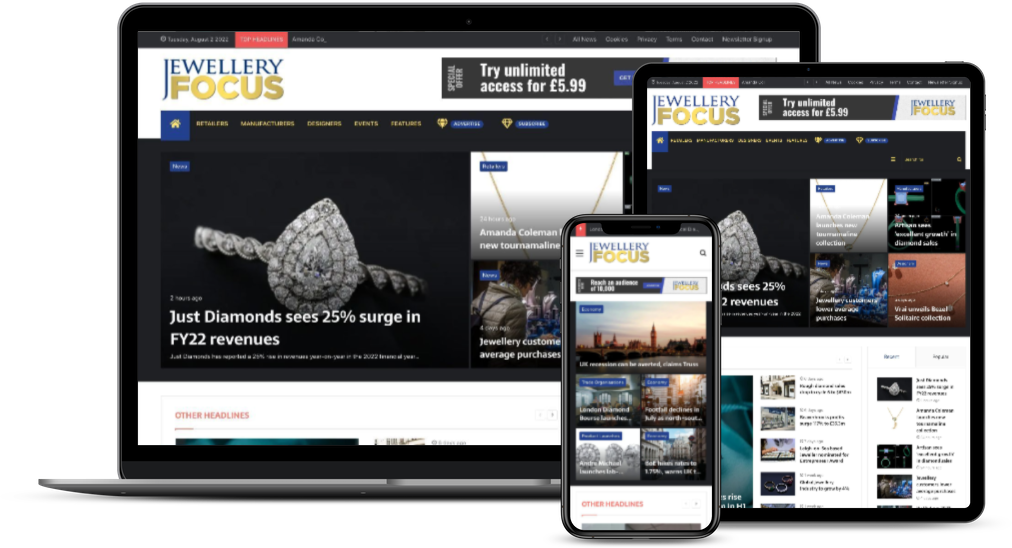Another step forward in an ongoing challenge

Diamond grading issues have been a hot topic in recent months, but a new ISO Standard could benefit the consumer and retailer. STELLA LAYTON, chief assay master at the Birmingham Assay Office, explains.[divider style=”solid” top=”20″ bottom=”20″]

